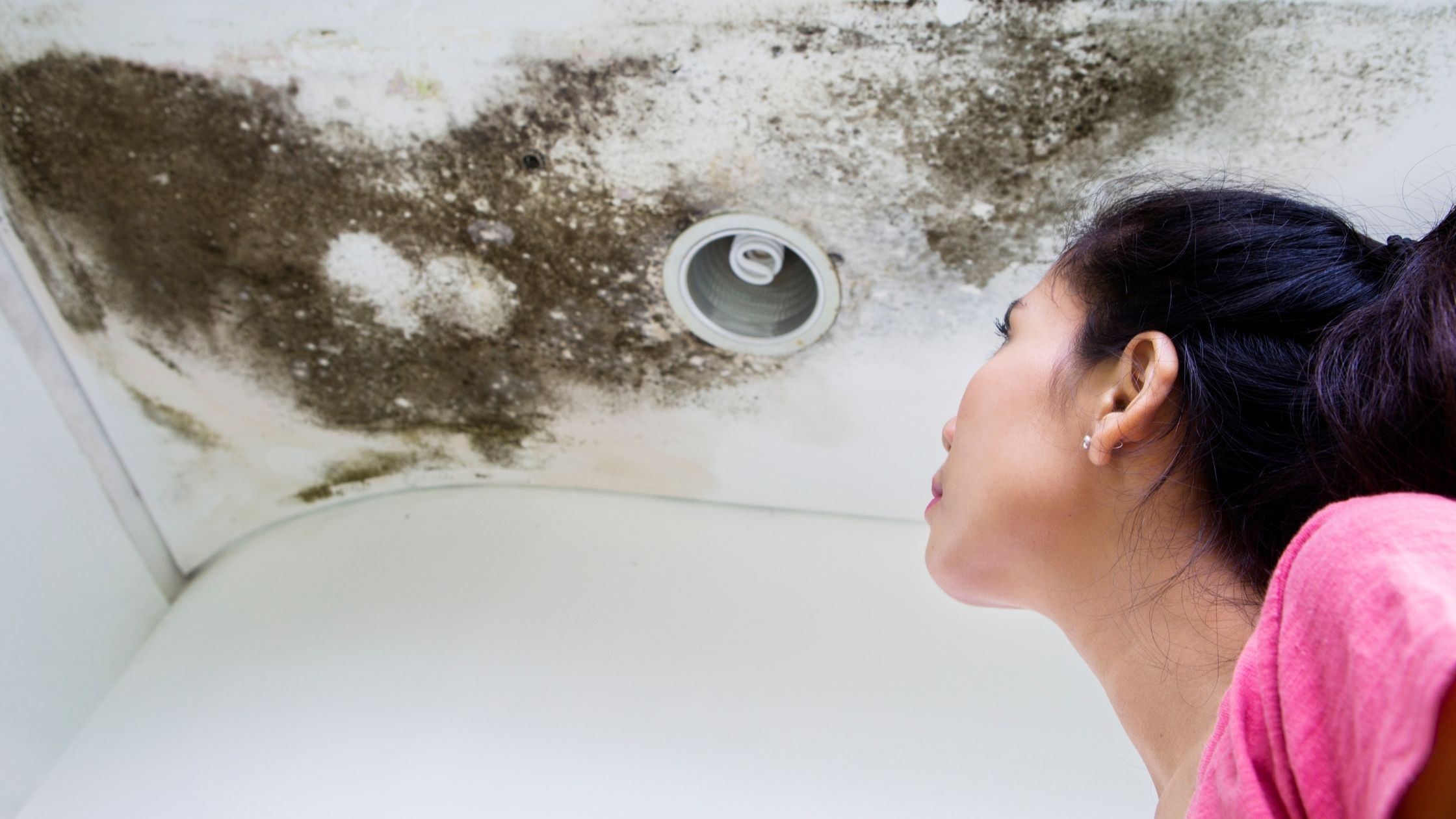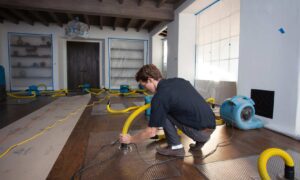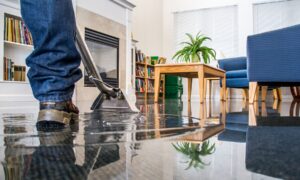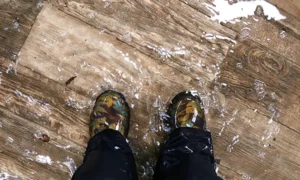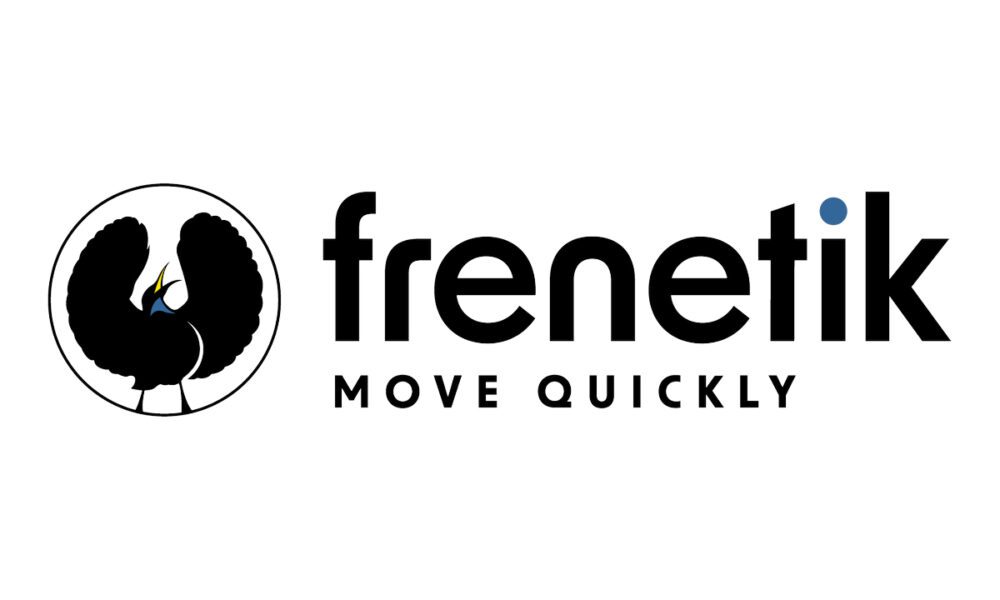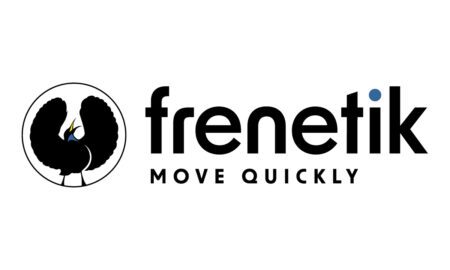A sturdy and well-installed roof is critical in protecting a home from water damage and the harmful effects of mold growth. Over time, roofs deteriorate due to weather exposure, aging materials, and unnoticed leaks, allowing moisture to seep into the structure. Even small leaks can lead to significant issues, such as weakened ceilings, rotting wood, and mold infestations that compromise indoor air quality. A new roof provides a secure barrier against rain, snow, and humidity, preventing moisture from accumulating in the home. It also improves ventilation and insulation, reducing the chances of condensation that can contribute to mold development. Investing in a new roof is not just about aesthetics or increasing property value—it is a practical way to ensure long-term protection from costly water damage. We will explore how a new roof can prevent moisture intrusion, reduce mold risks, and contribute to a healthier living environment.
Ways new roof can prevent moisture intrusion
- Creating a Strong Waterproof Barrier
One of the most significant advantages of a new roof is its ability to create a watertight seal that prevents leaks from forming. Older roofs often develop gaps, cracks, or missing shingles, allowing water to seep into the home. Even minor leaks can lead to extensive water damage, soaking into insulation, drywall, and wooden support structures. A new roof, constructed with high-quality materials and proper sealing techniques, eliminates these vulnerabilities. Modern roofing systems include water-resistant underlayment, improved flashing around chimneys and vents, and durable shingles to withstand harsh weather conditions. By installing a new roof, homeowners reduce the risk of water intrusion, ensuring that rainwater is directed away from the home instead of seeping into vulnerable areas. This strong protective barrier prevents structural decay and avoids the costly repairs associated with prolonged water exposure.
- Enhancing Roof Drainage and Preventing Standing Water
Proper drainage is essential for preventing water damage, as standing water on a roof can lead to leaks and structural deterioration. Older roofs with poor drainage systems allow water to pool in certain areas, increasing the risk of leaks and mold growth. A new roof, designed with an efficient slope and upgraded drainage features, ensures that water flows off the roof quickly and away from the home. Modern gutter systems, improved flashing, and adequately sealed valleys improve water management. Trapped water can penetrate the roofing materials without proper drainage and cause rot, mold, and even interior ceiling stains. A new roof prevents these issues by redirecting moisture safely, reducing the chances of water pooling on the surface. Keeping water moving efficiently off the roof ensures that the home remains dry and protected from the damaging effects of excess moisture.
- Reducing the Risk of Mold Growth Inside the Home
Mold thrives in damp, humid environments, making a leaky or moisture-prone roof a significant risk factor for indoor mold infestations. When water enters the home through roof leaks, it creates the perfect conditions for mold spores to multiply. Mold can spread quickly through walls, ceilings, and insulation, leading to unpleasant odors, respiratory issues, and structural damage. A new roof prevents moisture from accumulating in the home, reducing the likelihood of mold taking hold. Additionally, modern roofing materials are designed to resist water absorption, lowering mold growth risk. Proper ventilation systems integrated into a new roof with the help of an Oak Ridge roofing contractor help regulate humidity levels, preventing excess moisture buildup. By keeping the home dry and well-ventilated, a new roof is crucial in maintaining a healthier indoor environment, free from mold and mildew.
- Protecting Wooden Structures and Preventing Rot
Many homes have wooden support structures, such as rafters, beams, and decking, which can suffer severe damage from prolonged moisture exposure. When a roof leaks, water seeps into these wooden components, leading to rot, weakening the structure, and increasing the risk of costly repairs. Wood decay can compromise the integrity of the entire roofing system, making the home vulnerable to sagging ceilings and even structural collapse in extreme cases. A new roof eliminates these risks by sealing out moisture and preventing water infiltration. Advanced roofing technologies, such as synthetic underlayment and moisture-resistant plywood, provide additional protection for wooden components. By installing a new roof, homeowners ensure that the structural elements of their homes remain intact and free from water-related deterioration. Preventing wood rot extends the lifespan of the home’s framework, reducing the need for expensive renovations and repairs caused by moisture damage.
A new roof protects against water damage and mold growth by creating a strong waterproof barrier, improving drainage, and preventing moisture from entering the home. Enhanced ventilation, upgraded materials, and better insulation contribute to a drier and healthier living environment. A new roof reduces the risk of mold infestations, wood rot, and structural deterioration by eliminating leaks and preventing humidity buildup. Properly maintaining a home’s roofing system ensures long-term durability, energy efficiency, and protection from costly repairs. Investing in a new roof is a proactive way to safeguard a house from the damaging effects of moisture while improving overall indoor comfort. Keeping water out and maintaining proper airflow makes a significant difference in preserving the integrity of a home for years to come.

